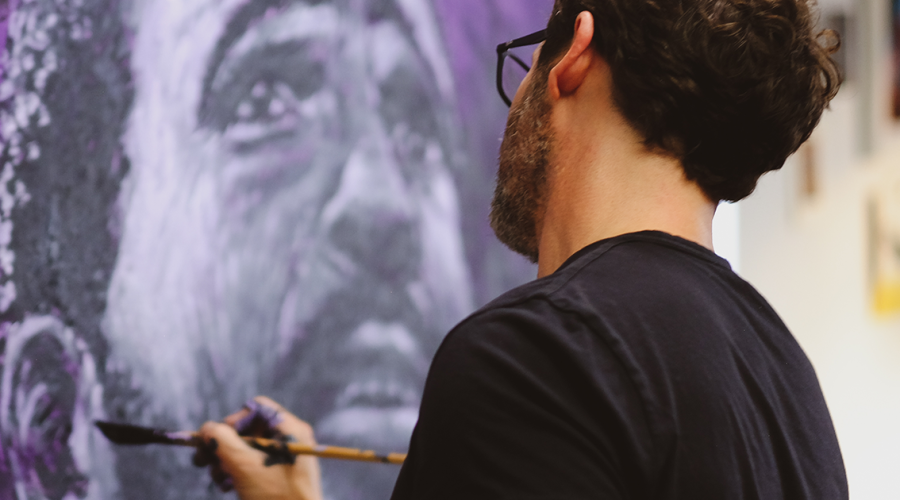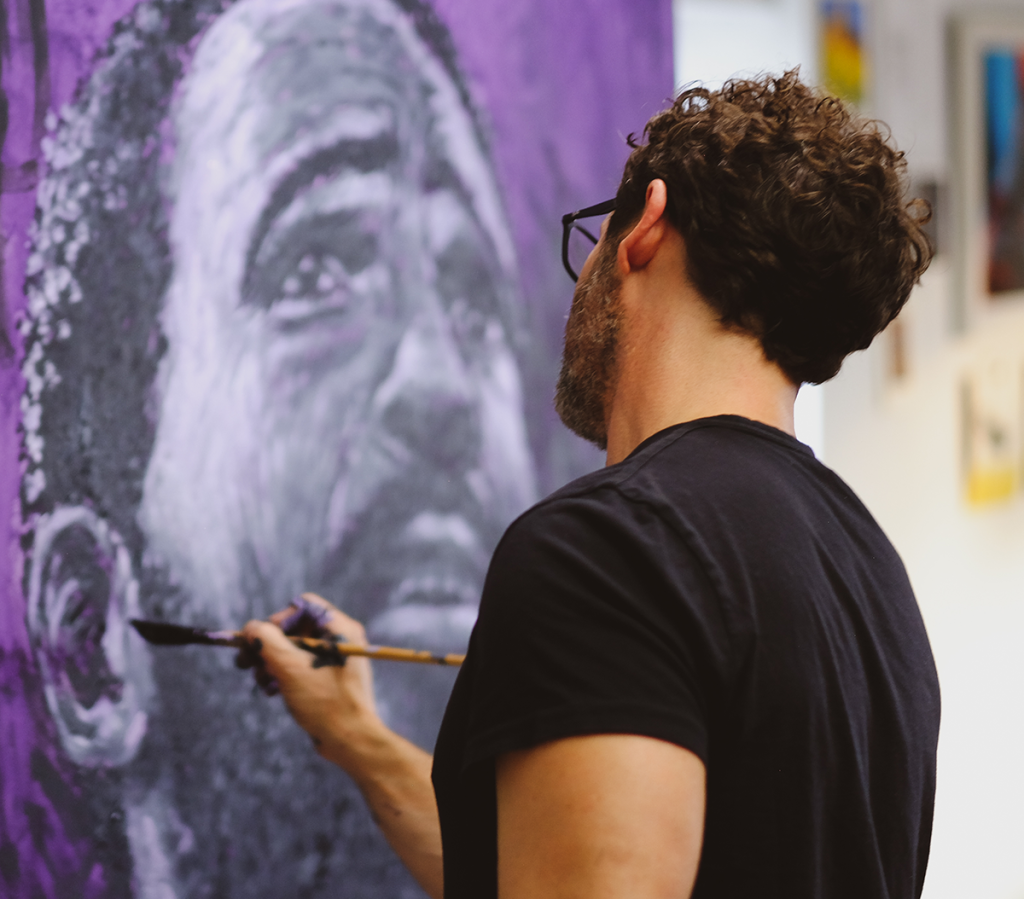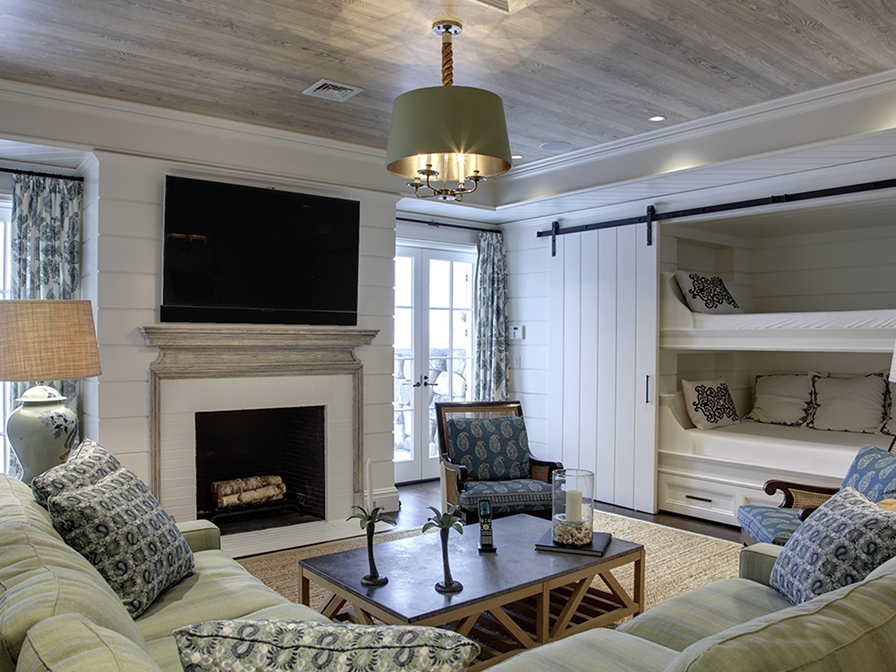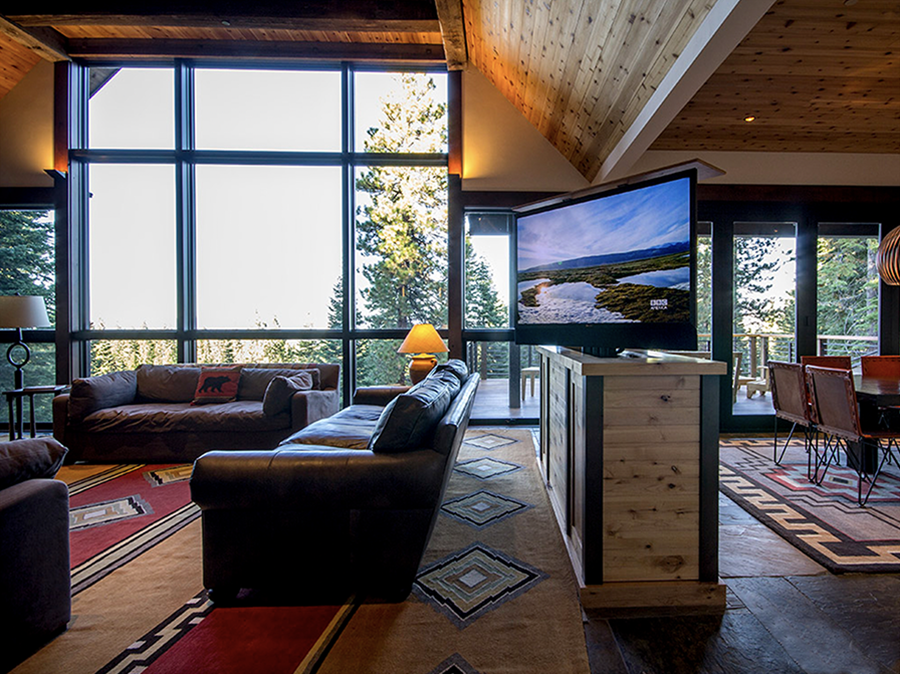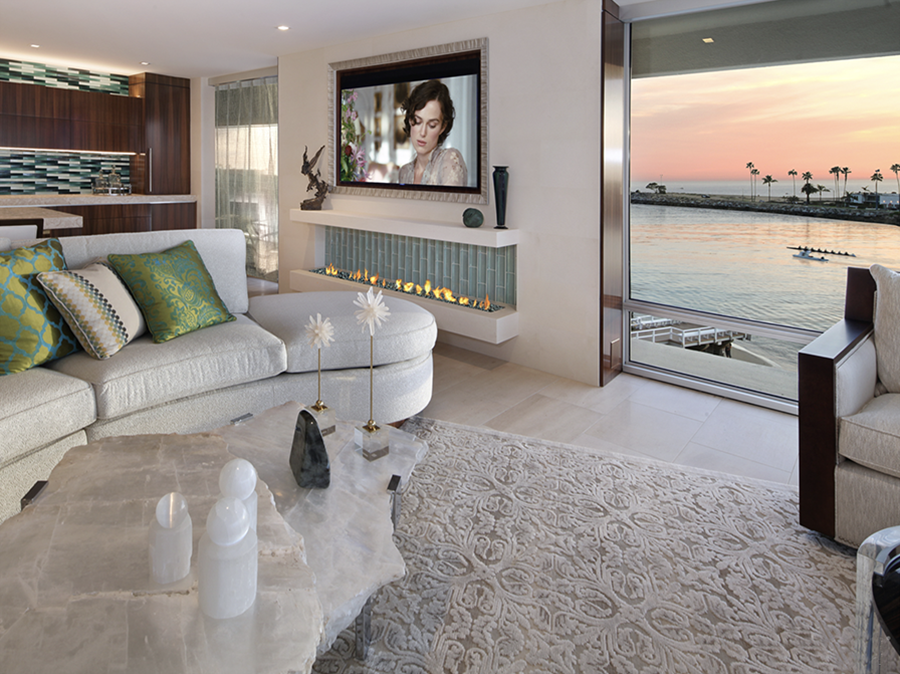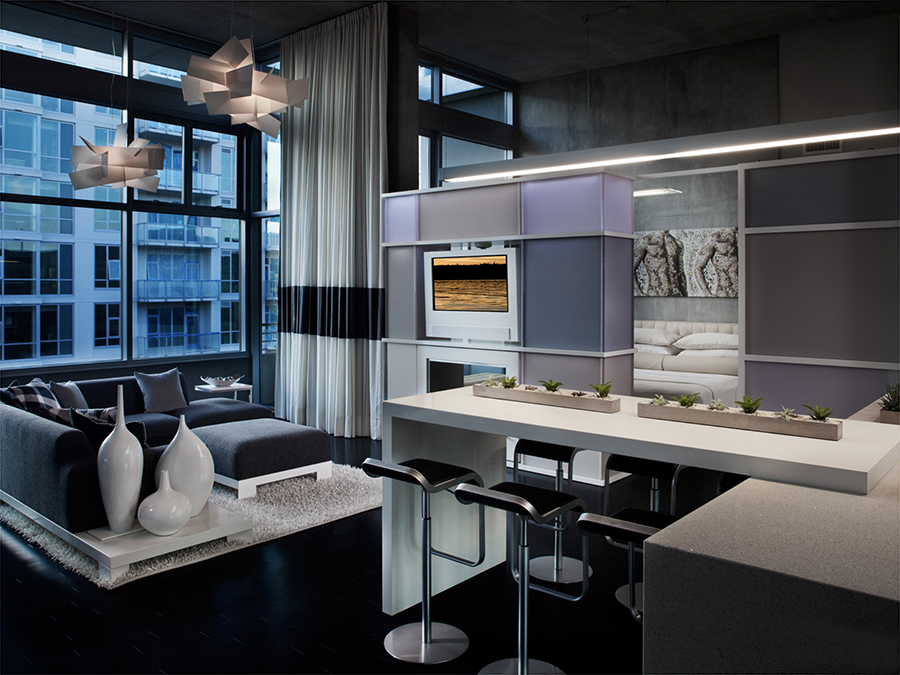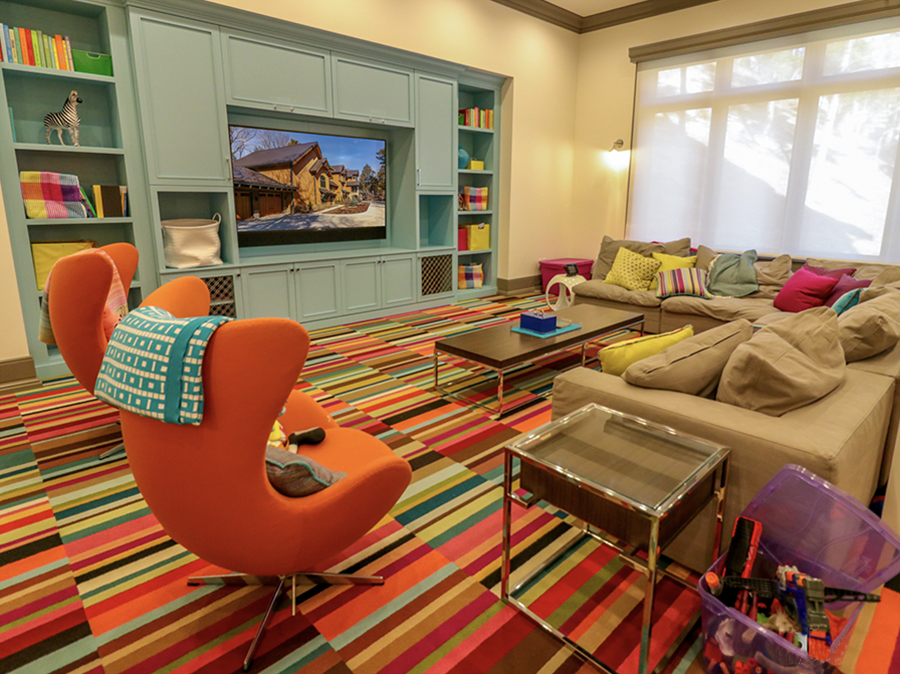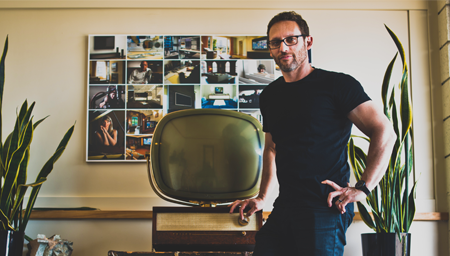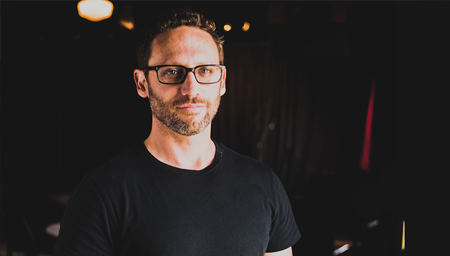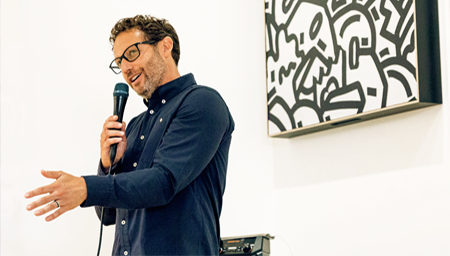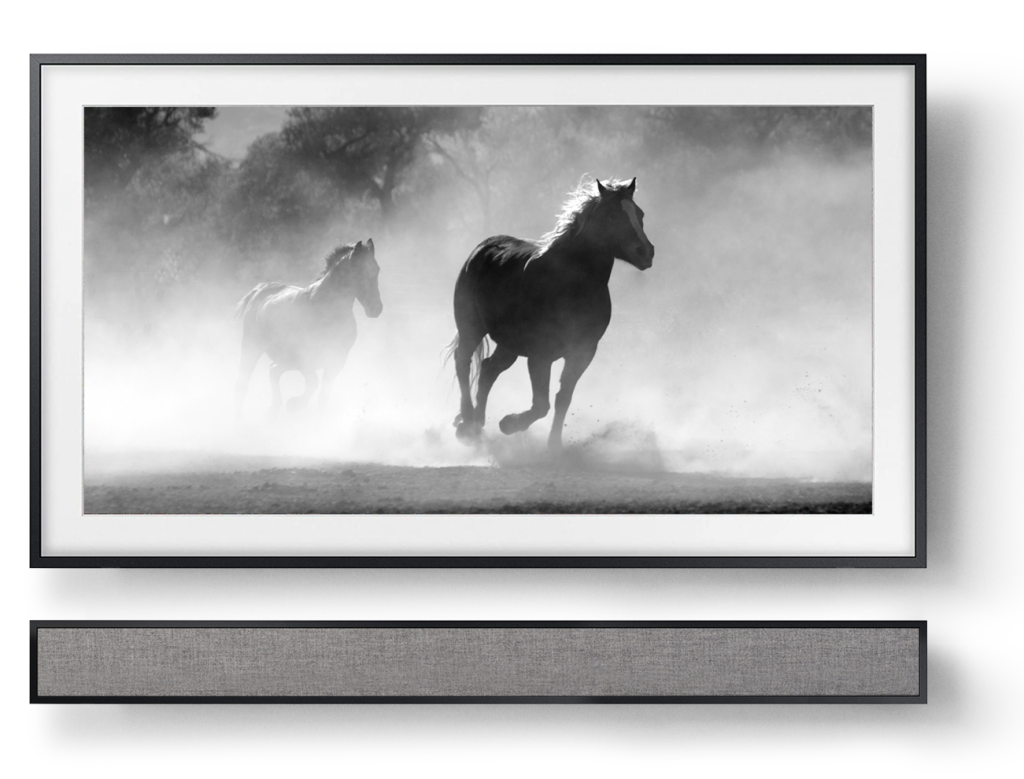Noah Kaplan–Bringing Entertainment & Design Together Again, Pt. 3
On translating the desire to bring design flare back to entertainment tech into real-world product
April 13, 2022
Having, in Part 1, discussed the movement to free entertainment technology from its anonymity by transforming it into distinctive design statements and, in Part 2, limning some of the companies that are helping propel that effort, Leon’s guiding spirit and tech-design evangelist here talks about his own contributions to the cause, citing examples of how he’s put his theories—and inspiration—into practice.
—M.G.
Until recently, rooms and their functions had been relatively consistent, so interior design could afford to evolve slowly. But digital technology has really flipped that on its head. How do you manage that intersection of traditional design and constantly evolving tech?
The history of design and technology is really short, from about 1850 to 1890—the pre-Edison era to now. So you’re talking about a hundred and fifty years of really intense progress. And incredible technologies keep popping up—I couldn’t have predicted ten years ago that TV screens would be a hundred inches. When I’m talking to a designer, they’ll say, “Hey, the client wants a hundred-inch screen in the living room.” To me, that’s like saying, imagine you wanted a refrigerator in your living room. I’m not going to let you put that in without a cabinetmaker and without trim around it. So we’re trying to create ways where you can have authentic materiality around a product that’s a commodity. A screen is just the content now, whereas a Philco screen from 1950 was a furniture piece. It used to be that both the object and the content were important. The screen has become nothing but a black window, and our job as integrators is to make that thing sing and make it resonate with the space.
This reminds me of conversations I’ve had with Tim Sinnaeve from Barco about how flat panels used to be thought of as something anonymous that just hung on the wall when they’re not on, but how, just given their size, we need to completely rethink what their presence means in a room.
For instance, I design and create NFTs. We’re thinking about, “Where are we going to show them? O, wait, we already have amazing televisions and digital screens all over the house. Perfect. But are they artistic?” More and more, digital is going to become part of the normal vernacular of design, like where a luxury client will have a really broad NFT collection.
I’m working on product lines right now that will completely change the way we think about screens. Screens are a window. They’re an escape, they’re informational, and they have a lot of functionality. But, hell, they need a ton more design. Yves Béhar, who’s one of my favorite designers and creates for Herman Miller and other global brands, designed the Samsung Frame. And his first thing was, “This thing has to look good off.” That’s the job we all have now. And so that’s what’s cool about making parts that are discreet. But I’m imagining like even with an in-wall speaker, what if the fitting looked more beautiful? Or maybe it’s custom painted or made out of woven, braided brass or solid wood—whatever matches the style. I think it will be a slow introduction back to style, but a lot of vendors have to create tools, similar to Lutron, where you can easily show the vast array of styles, to help someone choose.
Is there one product you’ve created that best sums up everything we’ve been talking about?
One of our simplest products we do all this with, which is an everyday one for integrators, is the Edge Media Frame. I always hated hanging TVs on walls. I didn’t like the black screen, I didn’t like seeing down the side, I didn’t like that you could see the differentiation, I didn’t like the materials. Remember when TVs used to be, like, silver? It was painful.
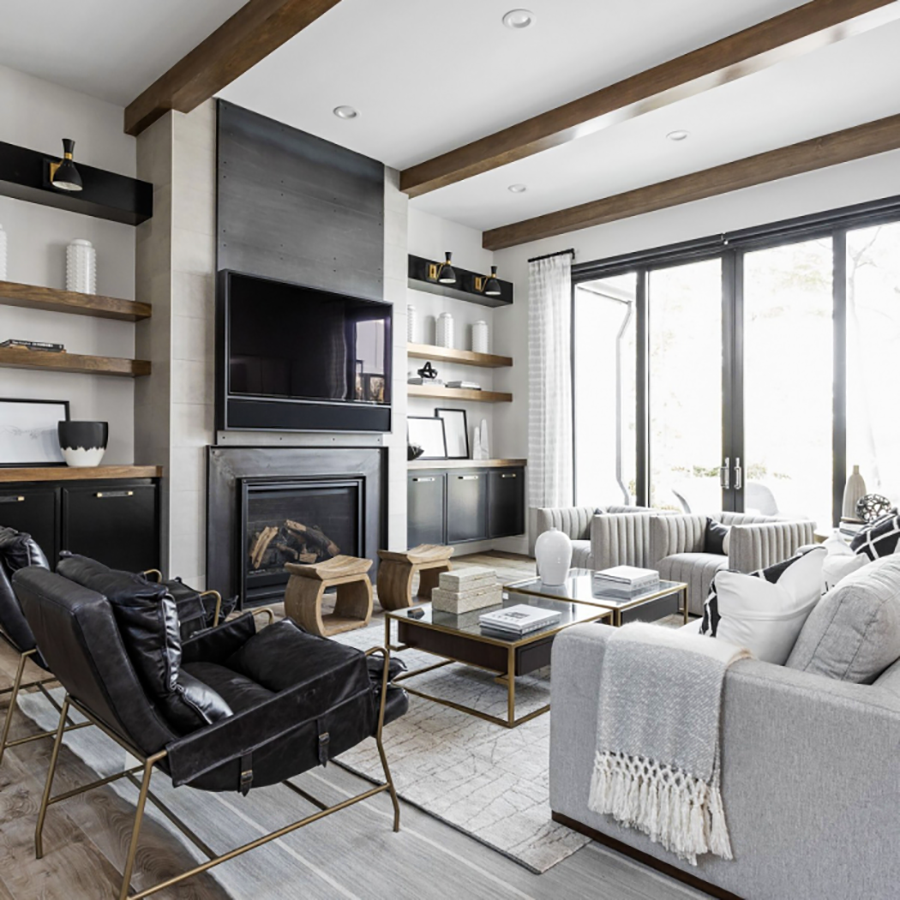
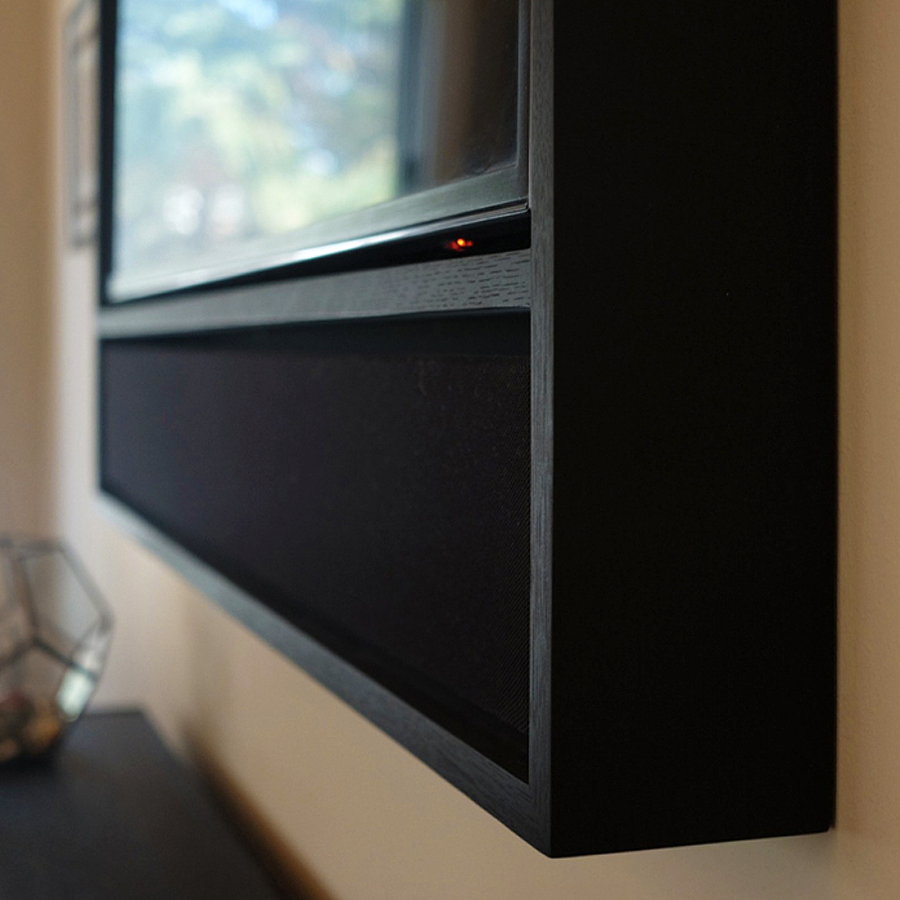
With the Media Frame, we looked back to say, ‘What made a piece like this work with the home in the past?” The Edge is a simple way to frame, stylistically, and say, “Hey, instead of just seeing this black window, let’s put trim around it so you can’t see down the sides. Let’s clean up the edges. Let’s allow the customer to choose custom fabrics.” Instead of just seeing black metal or plastic, all of a sudden you’re seeing an explosion of color. People are using fabric now for the grilles on the soundbars. So they get to choose the fabric and the wood, and then, of course, they get to choose their TV and screen size—and now you can get to choose what’s on the screen. Right now, it’s just the Samsung Frame, but LG and Sony have their versions coming out that will enable the screen to become a player of images or art, of photography or NFTs or whatever you collect. To me that’s beautiful.
So our job as integrators is to paint a picture of a branded product that doesn’t feel store-bought. And now we’re talking about the exact marriage of design and technology, where multiple trades work together to make something seem beautiful and simple, because design, ultimately, is complexity solved. Our job as integrators, with something as complex as a media room, is to make the space feel comfortable and have nothing feel out of place.
Do you tend to design products with a specific style in mind?
Stylistically, I think a lot of people always picture really modern homes, and we’re always shown that most modernist home. But most people are a little more transitional about what they have. And it definitely changes from the Rockies to the coasts. What all our customers have in common is that they know what they love, they know what resonates, so they’re definitely design-conscious. Now, what kind of design? That is not for me to say. We have worked with designs that you would consider farmhouse all the way to super ultra Postmodern. So when I’m thinking about a period or style, what I’m looking at is the soul of the person. Because that’s what interests me about each house. That’s why I love building custom products for individuals, and that’s why we keep adding to these palettes of options. We learn from these people.
I was walking a house in Aspen and I was, like, “Whoa! We do not have anything that’s right for this house. We need to rethink everything. Look at how sharp the lines are, look at the contrast.” Right now, contrast is in. You’ll see houses totally clad in black, with warm wood—super-contrasty materials, super-long straight
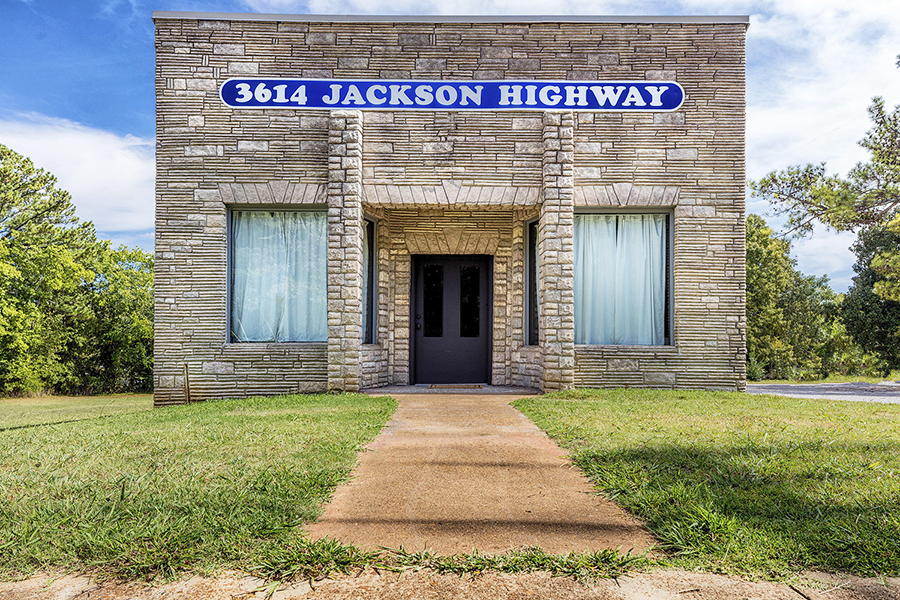
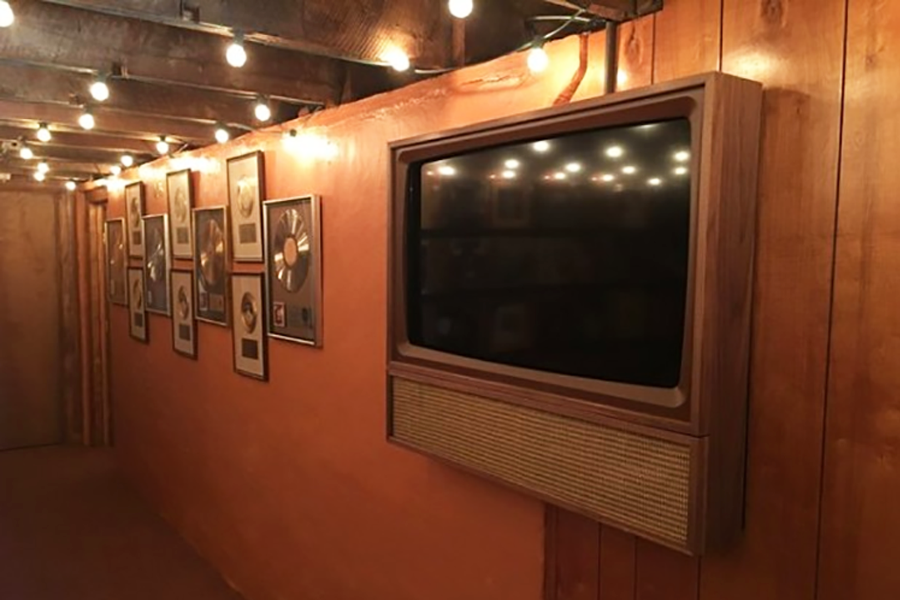
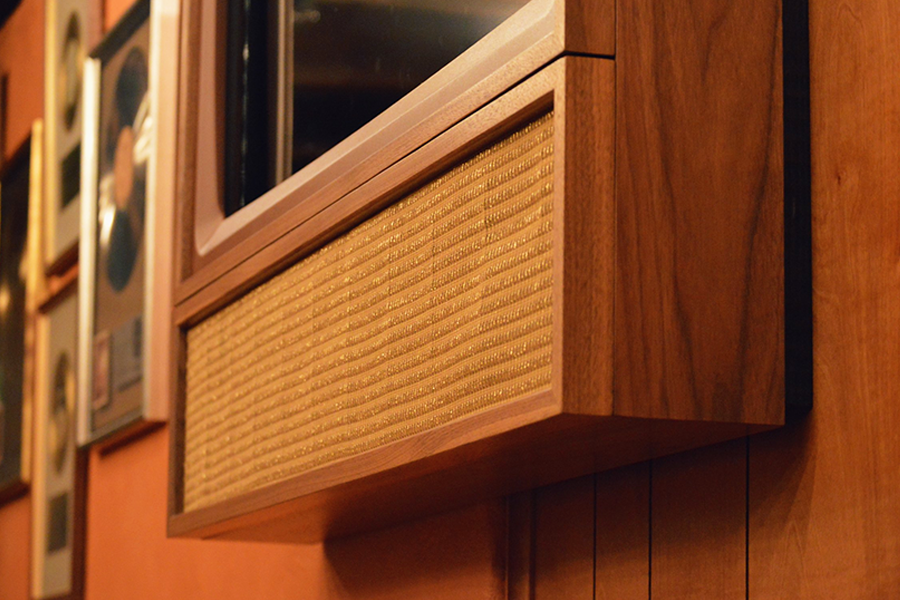
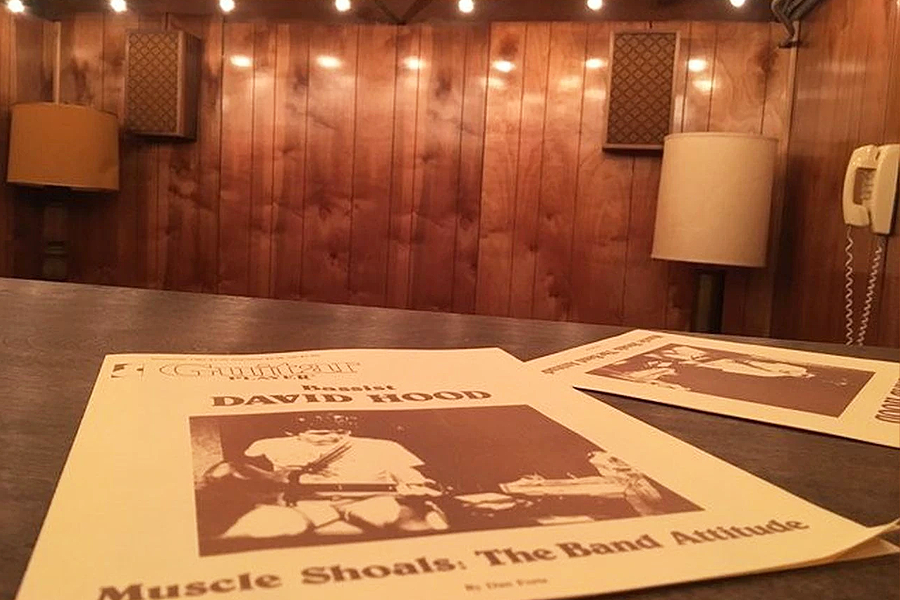
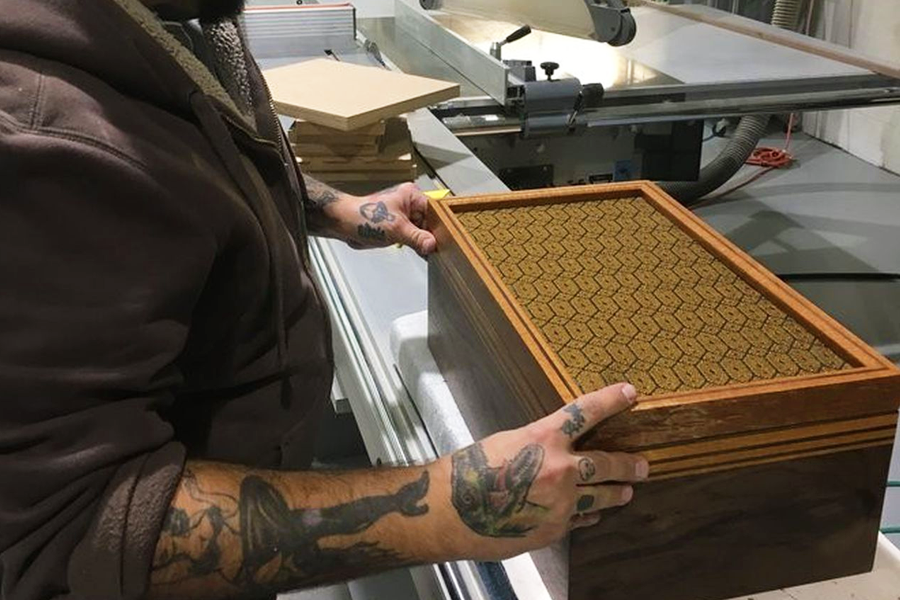
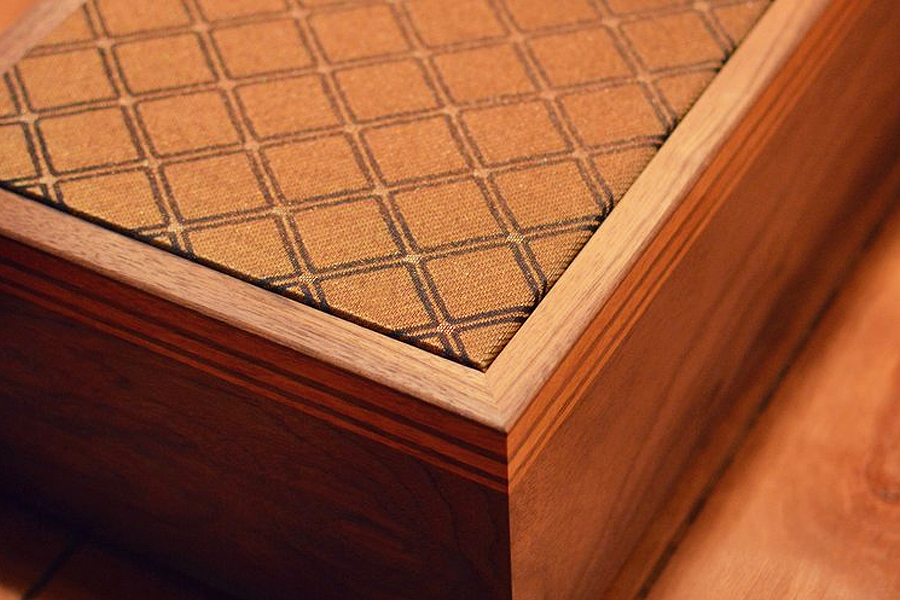
Leon’s designs for the legendary Muscle Shoals recording studio in Sheffield, Alabama use authentic designs and materials from the ’70s to evoke the era
lines, gigantic windows—stuff that makes it really difficult for the designers and integrators to work with. So I look at each style and see how do we fit into that, and how do we create products that have flexible parameters to be able to do that?
Like when we had to design for Muscle Shoals, we had to go back to the ‘70s to help them. They just wanted stuff that was period-centric. So we found cloth from the era. We built out of materials from the times. We tried to make the screen look bent and curved. We made the speakers out of multiple tones of brown, something we would never do today. So you’ve got to keep up on your trends.
Coming Soon: Part 4—Looking into the near and distant future of designing entertainment tech
Michael Gaughn—The Absolute Sound, The Perfect Vision, Wideband, Stereo Review, Sound & Vision, The Rayva Roundtable, marketing, product design, some theater designs, a couple TV shows, some commercials, and now this.
Noah Kaplan painting his portrait of Marvin Gaye entitled “What’s Going On?”
Part 1
Part 1
Part 2
Part 2
Part 4
the Samsung Frame TV wedded with Leon’s FrameBar soundbar
the Edge Media Frame is meant to overcome the bland anonymity of most video-display designs by creating a custom look that complements, rather than fights, a room’s décor
“What all our customers have in common is that they’re definitely design-conscious. Now, what kind of design? That is not for me to say.”
Leon’s designs for the legendary Muscle Shoals recording studio in Sheffield, Alabama use authentic designs and materials from the ’70s to evoke the era
© 2023 Cineluxe LLC
